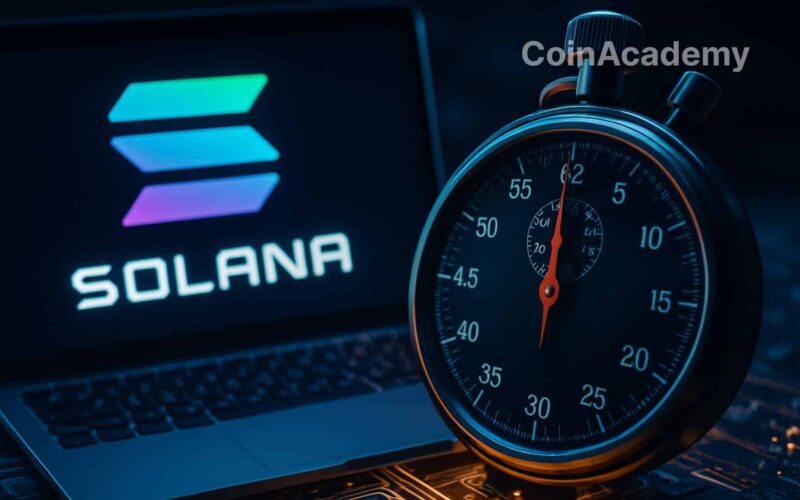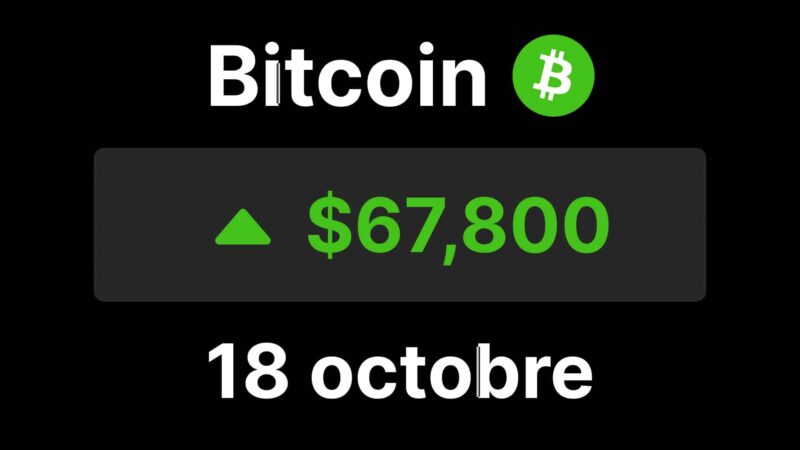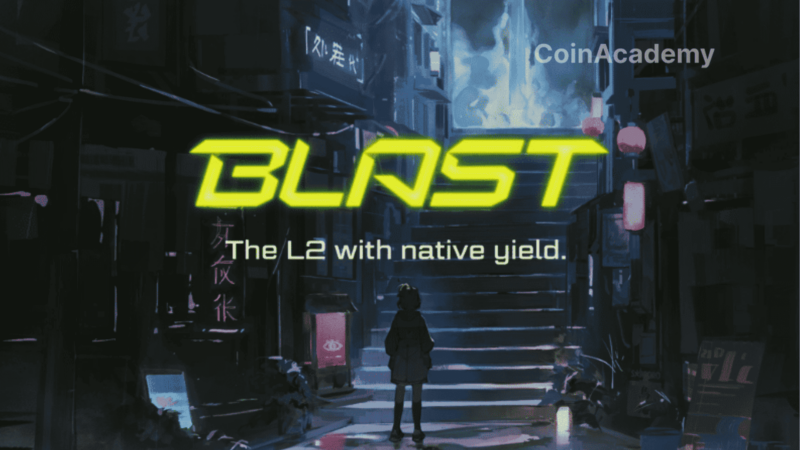Solana is on the verge of a major milestone. Its research team, Anza, unveils Alpenglow, a brand new consensus protocol designed to shatter current performance limits.
The announced outcome: block finality in 100 to 150 milliseconds. Yes, milliseconds. A technological leap relegating the old TowerBFT system and the famous Proof of History (PoH) to technical memories.
Votor & Rotor: the new network engines
Alpenglow relies on two key components: Votor, the core of the voting and finalization process, and Rotor, the new data propagation block. No more gossip logic to synchronize the network: Rotor introduces direct diffusion, coded by erasure, optimized to exploit the bandwidth of all validators. At the same time, Votor allows to finalize a block in a single voting round if 80% of the stake is active, or in two rounds from 60% participation, both executing simultaneously.
Anza promises a protocol capable of achieving real finality in 150 ms, with peaks at 100 ms under the best conditions. For comparison, Solana currently achieves finality in 12.8 seconds. The change is simply radical.
An architecture ready for real-time
This level of performance places Solana in a new category: that of blockchains capable of competing with Web2 standards in terms of responsiveness. “150 ms of median latency isn’t just fast. It’s an infrastructure ready for real-time applications,” explain Anza’s researchers.
Thanks to a flat network topology, Rotor drastically reduces hops between nodes and dynamically selects relays to maximize resilience. The design is intended to cope with real-world challenges: outages, offline validators, or malicious behavior. The “20+20” model ensures that the protocol remains secure and functional even if 20% of validators are compromised and 20% are inactive.
A post-PoH Solana, but not yet infallible
Despite this advancement, Anza acknowledges that failures will not disappear completely, especially as long as the network relies on a single validating client (Agave). But with Alpenglow, Solana ends a technical era and heralds a new generation of blockchain architecture.
The deployment is scheduled for late 2025, after a battery of intensive tests. If it delivers on its promises, Alpenglow could make Solana the first truly competitive L1 blockchain against centralized giants.




